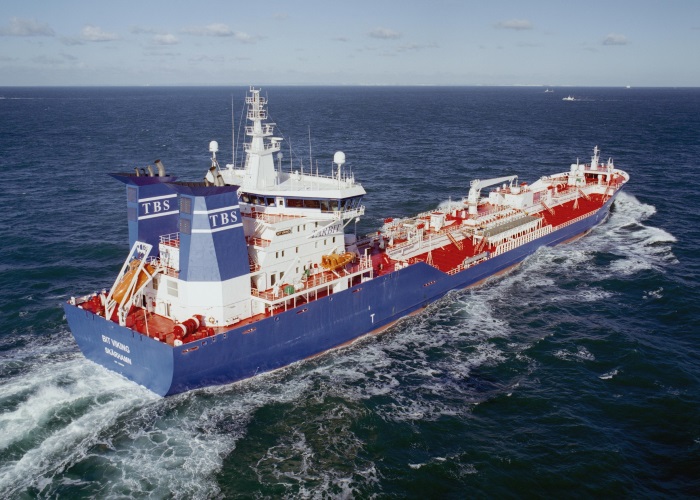Product tankers could benefit from Nigeria’s higher oil production
The normalization of the situation in Nigeria has led to an improvement of the African country’s oil industry prospects, which in turn could spell good news for the tanker market. In its latest weekly report, shipbroker Gibson said that “Nigeria has long been an important source of both crude and product tanker demand. However, in recent times, the West African state has been inconsistent in both its export and import activity, impacting upon the tanker market. The nation, like most other major producers, has suffered immensely from lower oil prices, which continue to strain government finances. However, finally there is some hope on the horizon. Insurgent activity has declined, force majeure has been lifted on the 250,000 b/d Forcados stream and, just hours before this report was published, Shell lifted force majeure on the Bonny Light”.

According to the London-based shipbroker, “in the short term, higher production is of course beneficial for crude tankers, which are being pressured globally by OPEC cuts and rising tanker supply. However, as Nigerian production increases, pressure will increase to join the groups collective action. Nigeria has in the past indicated an intent to contribute to OPEC’s collective efforts once its production returns to ‘normal levels’ which could fast be approaching. However, whilst production is moving in the right direction, instability is still an issue and the risk of further insurgent activity remains. However, at the time of writing, production appears to have more up, than downside”, Gibson noted.
It added that “higher crude production may also have a positive impact on product imports, benefitting clean tankers. Higher export volumes offer support for crude for product swaps – where international refiners/traders exchange clean products in return for crude cargoes. Whilst higher production also provides further income to pay for fuel imports outside the swap agreements. However, as with all developing nations, the status quo never stands still for long. Whilst most forecasting agencies see little growth in Nigerian crude production, the picture is different for the nations refining sector. In a report 12 months ago, we highlighted a new greenfield refinery under construction in Nigeria, citing the obvious challenges and track record of refining in the country. Despite these hurdles, work is progressing at the 650,000 b/d Lekki refinery in Lagos. Recently news emerged that DuPont had been retained to provide a 27,000 b/d alkylation unit to aid the production of high quality clean fuels. The press release reiterated a Q4 2019 start-up date”.
Meanwhile, “such a date may prove to be optimistic, however right now it does appear that a refinery will be delivered, even if 2019 is unrealistic. Indeed, in the IEA’s 2017 medium term report, the refinery is listed with a startup of 2022. However, the challenge will be beyond simply building the refinery. The next hurdle will be running the plant near capacity, something existing refineries in the country have failed to come close to. Such a development is clearly bearish for crude exports from Nigeria in the longer term, given limited prospects for production growth. Simultaneously it would indicate a reduced product import requirement once the plant is completed. However, when taking account of regional demand forecasts, refinery capacity additions fall short of anticipated demand growth, ensuring West Africa remains a demand outlet for refined products from Europe and beyond, even if the growth could remain limited. The refinery also intends to export products, creating more trading opportunities across the region”, the shipbroker concluded.
Meanwhile, in the crude tanker market this past week, Gibson said that “holidays in the East initially slowed the VLCC fixing pace and thereafter it never recovered with next week’s upcoming U.S. Holiday providing further excuse for elongation. Rates merely stagnated over the period at no higher than low ws 50’s East and mid ws 20’s West with the near term outlook similar. Suezmaxes kept steady, but never active enough for Owners to lever the average rate higher. There was, however, more seen for Kharg loading and handsome premiums were paid there over the ‘standard’ ws 25 West, ws 65 East numbers. After a hopeful start, Aframaxes quietened and rates retreated back no little better than 80,000mt by ws 90 to Singapore and little early change likely”, the shipbroker concluded.
Source: Nikos Roussanoglou, Hellenic Shipping News Worldwide
HEADLINES
- Do shipping markets want Biden or Trump for the win?
- All 18 crew safe after fire on Japanese-owned tanker off Singapore
- Singapore launching $44m co-investment initiative for maritime tech start-ups
- Cosco debuts Global Shipping Industry Chain Cooperation Initiative
- US warns of more shipping sanctions
- China continues seaport consolidation as Dalian offer goes unconditional